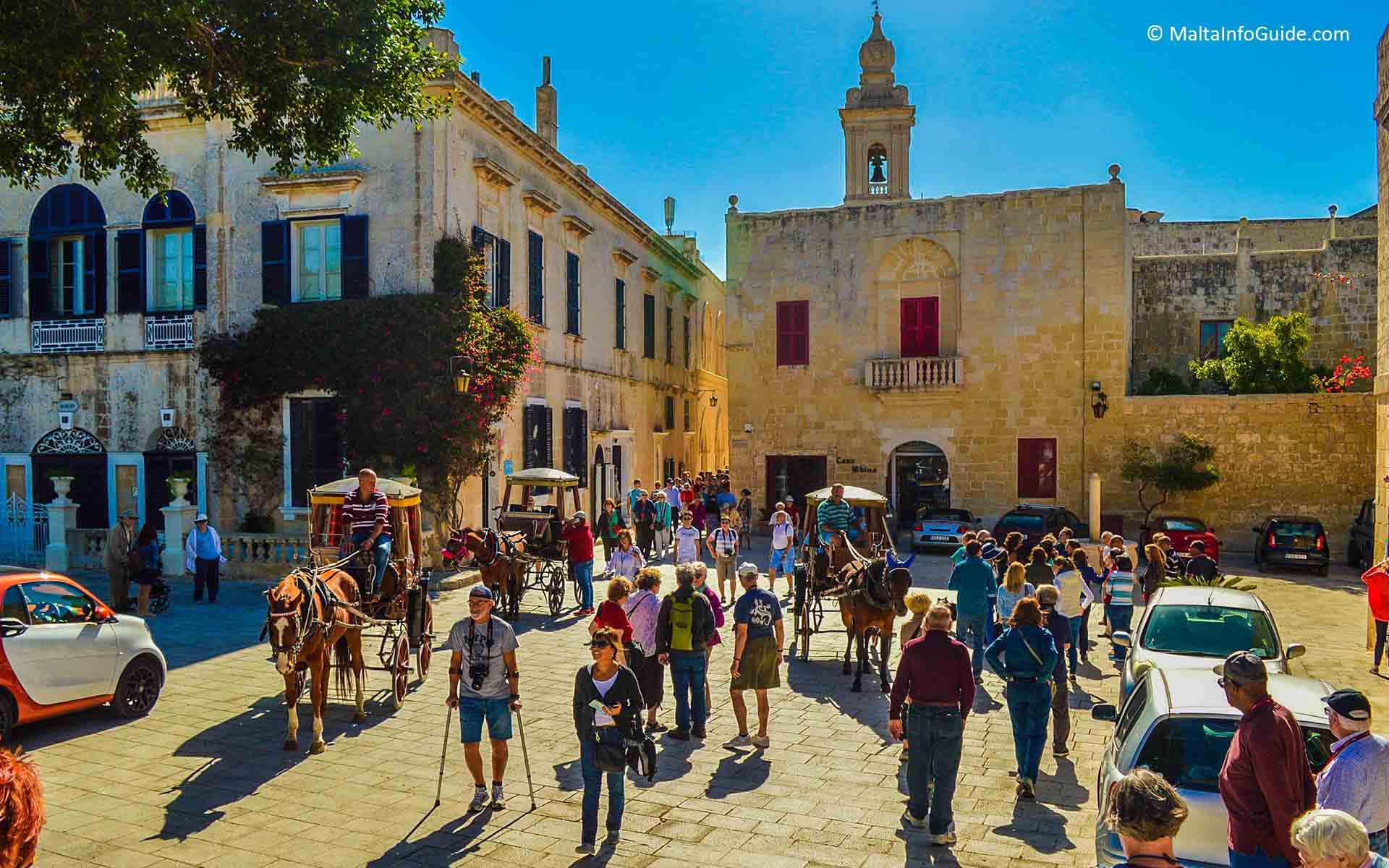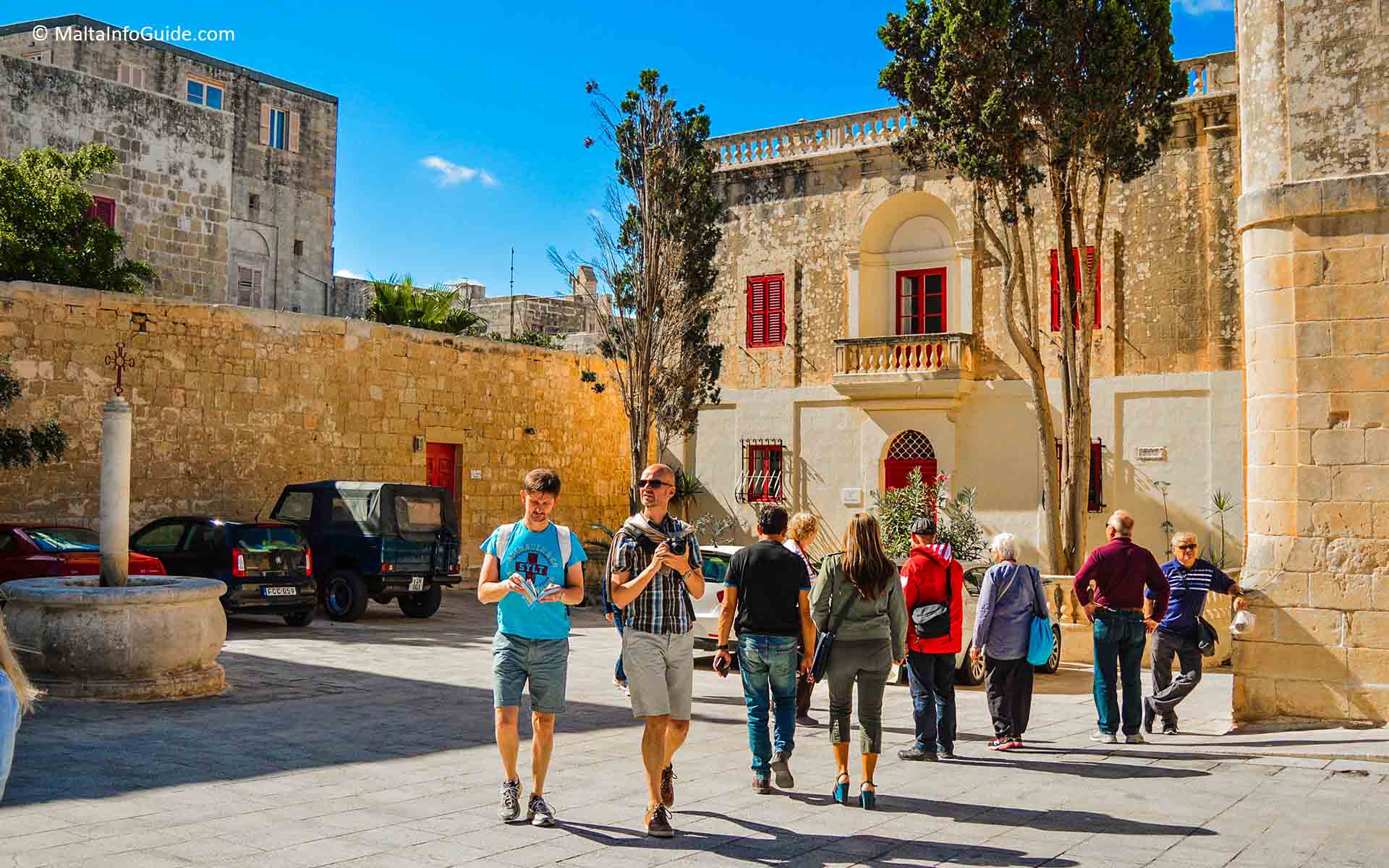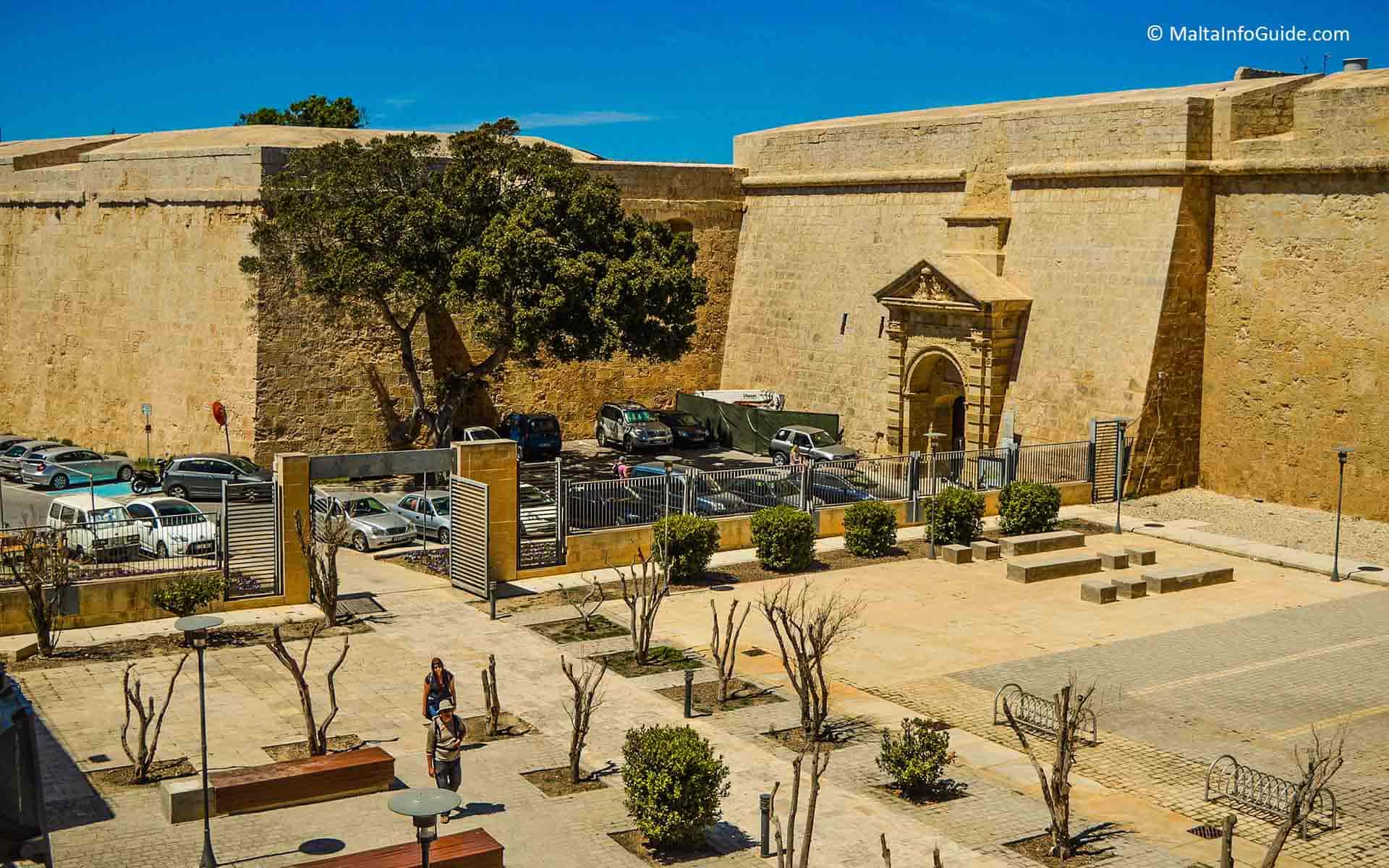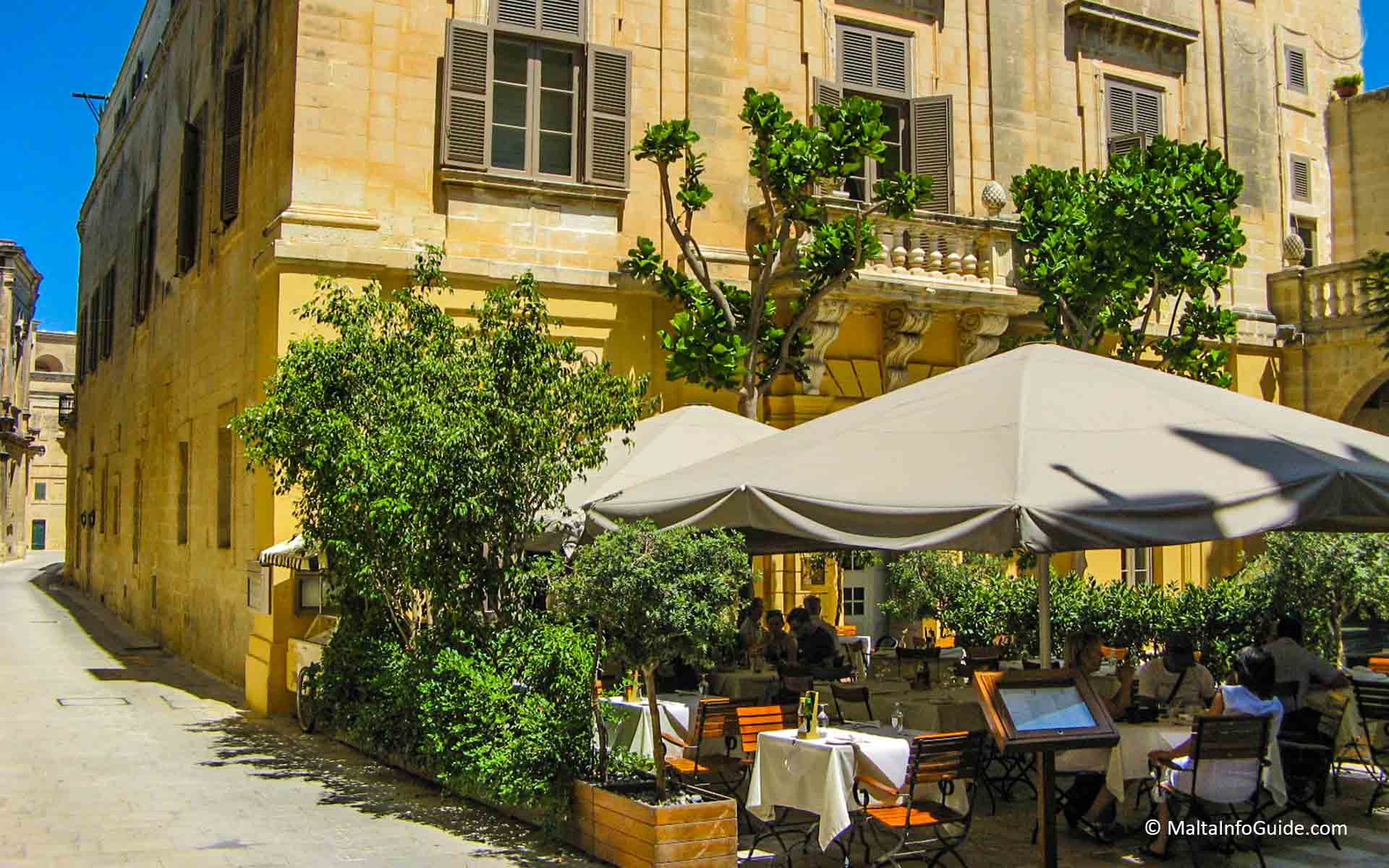- Home
- Top Things to Do
- Mdina in Malta
the enchanting Mdina in Malta
Wander Around The Old Capital Of Malta
Mdina in Malta is an ancient, unique, fortified city of incredible historical value. Erected on a hill overlooking the rest of the island from the north and east to west. It is an enchanting old capital that has kept its character with a tiny population of around 240 people.
So beautiful and historic, the city filled with Medieval, Norman and baroque architecture. Several palaces, churches, cathedral, monasteries and high fortification walls that stretch all round visible from many parts of the island.
Throughout the ages it has been maintained. It was shaken by Sicily’s earthquake of 1693 which left many buildings damaged and subsequently rebuilt as it is today.
review about mdina in Malta
- Mdina in Malta Facts
- How To Get To Mdina
- Parking In Mdina
- Staying In Mdina
- What To See In Mdina Malta
Disclaimer — We may earn a commission if you book via certain links on the website. No extra cost to you.
📹 Top 7 Best Places To Visit in Malta For 2025
Wondering which spots in Malta should be on your 2025 travel list? Join us on a journey across Malta as we highlight breathtaking views, cultural gems, and experiences you won’t want to miss. Subscribe to our YouTube channel for more content like this. (Sound ON 🔊)
Mdina In Malta Facts
- The region was first inhabited in 700 BCE.
- Mdina possesses origins that go back 4,000 years old.
- One of Malta's Top Instagram location.
- We also refer to as the Silent City.
- The oldest and first capital of Malta.
- Around 1.5 million people visit Mdina each year.
- The city of Mdina in Malta is among the tentative list as a UNESCO World Heritage Site since 1998.
- A location featured in the series Game of Thrones Season 1.
- The city used to be called Citta’ Vecchia or Citta’ Notabile.
- It was and is still home to some of Malta’s noble families.
- The silent city has just under 300 residents.
During the day it is a major tourist attraction. There is no other place like it on the island. At night it is quiet with a unique character also pleasant to visit lit by lanterns, quiet alleys, people walking the main road to the rear fortifications for the incredible view.

Just next, there is the village of Rabat, which once formed part of the city. But during the Normans the defensive walls were narrowed to the present size for better defense.
Many restaurants are busy for lunch and dinner in old amazing buildings nicely restored. Both Maltese and tourists enjoy quality time.
Mdina, is on the tentative list of UNESCO World Heritage Site. A site that will tempt you to revisit.
What to do in Mdina Malta
Mdina in Malta is a city that takes you back hundred's of years. See our list of what to do in Mdina and other places of interest you might want to visit when coming here.
With limited vehicle access, the city remains a jewel of the Maltese islands as it still has that medieval vibe.
There are some great things to do. Visit historical museums, old palaces, cathedral.
Related Page: See how we planned a day trip in Mdina.
Restaurants In Mdina
Within the walls of Mdina you find several restaurants to have a bite to eat. Dine or have lunch at beautiful renovated palaces. There is also a One Michelin star restaurant in the heart of the city. Find out the best Mdina and Rabat restaurants to have a meal.
fortification walls of the city
The fortifications surround the entire city. They were used as defensive walls to keep the city safe from attackers. From these fortifications it was very easy to have a view of the entire island to keep an eye on any invaders looking to attack the city.
The medieval fortification were rebuilt as we see them today especially during the 18th century due to modern warfare by the Knights of St. John. Still today there are still Punic-Roman ramparts visible and other medieval remains.
Take photos of The Lovely city
Mdina is beautiful both during the day and during the night. Make sure you have your camera or mobile phone ready to snap multiple shots of the city. There is a house in Mdina that is a famous Instagram hot spot that tourists love to pose in front of.

How To Get To Mdina
Mdina is located on the west side of Malta, a calmer area of the island. Getting here is rather easy. Villages located close to Mdina are Zebbug, Mosta, Attard and Dingli.
You can get to Mdina by car, bus, sightseeing tour or taxi and this how.
arriving by car
If you are coming from the central part of Malta, it is mostly a main road leading to Mdina. You will find lots of signage to get here. It is basically the main road from the villages mentioned above.
mdina in malta parking
Parking outside the fortifications of Mdina is both easy and difficult. It all depends when and what time you go.
here are a few suggestions of where to find parking in mdina
- There is a small car park beside the playground area just outside the Mdina gate. Parking is limited on busy days.
- There is a larger car park 200 meters away from Mdina Gate, just beside the Rabat bus terminus.
- The ditch just under the Fortifications of Mdina there are parking places. You will need to pass through a narrow tunnel to get there.
- At the nearest village of Rabat around the narrow streets.
In the car parks mentioned above there will be a parking attendant. Payment is under your own free will.
You cannot park inside the city of Mdina as it is prohibited. Only Mdina residents are allowed inside with their vehicle as they have a special permit. So you will need to park outside the bastions.
How to arrive by bus
There is a bus stop just outside the Mdina Gate called 'Mdina'. It is a very popular bus stop so you can expect lots of people depending on the time.
- To 'Mdina' Bus Stop (Towards Valletta): Direct routes 50, 51, 52, 53, 56, 109, 181, 182, 186, 201, 202.
- To 'Rabat Saqqajja' Bus Stop (Direction to Mdina): Direct routes 50, 51, 52, 53, 56, 109, 181, 182, 186, 201, 202.
Just 5 minutes away from Mdina Gate there is the Rabat bus terminus.
- To 'Rabat 1' Bus Stop (Direction to Rabat): Direct routes 50, 51, 52, 53, 56.
- To 'Rabat 2' Bus Stop (Direction to Rabat): Direct routes 109, 181, 182, 186, 201, 202, X3.
- To 'Rabat 3' Bus Stop (Direction to Rabat): Direct routes 50, 51, 52, 53, 56, 181, 182.
- To 'Rabat 4' Bus Stop (Direction to Rabat): Direct routes 109, X3.
getting to mdina in malta from several locations around the island
- St. Julian's to Mdina: 202
- Sliema to Mdina Malta: 202
- Valletta to Mdina: 50, 51, 52, 53, 56, 109, 181, 182, 186, 201, 202.
How to arrive by Sightseeing bus
- There is a sightseeing tour that stops exactly outside the Mdina Gate. You will need to hop on the Sightseeing North Tour (Blue Line).
- The best solution would be by taking one of the many coach tours available incorporating Mdina where it stops you just in front of the main entrance leading inside the city. The hop-on hop-off also gives one the opportunity to stop at this location for any duration.
other ways to get to mdina Malta
grab a taxi
All taxi companies in Malta take passengers to Mdina. The taxi will stop you just outside the gate and not inside the city. The fare of the taxi depends from where you take it.
go on a tour
Mdina and Malta highlights is a full-day tour that visits a combination of villages around Mdina. One stop is Mdina the Silent city.
airport transfer
If you booked your accommodate in Mdina, then you can opt for an airport transfer for around €22 (one-way) or a shared mini-bus for two adults is €14 (one-way).

Hotels in Mdina Malta
There aren't many hotels in Mdina. You will only find one hotel.
Xara Palace Hotel Relais & Châteaux
Unique Mdina hotel located within the silent city
of Mdina with luxurious interiors, imposing building and excellent service. The
hotel is a beautiful 17th century palazzo built as a residence for the noble
family Moscati Parisio. It has beautifully decorated baroque architecture built
on the edge of the bastion with a stunning view of Malta.
- Rates including breakfast: €150 - €450 single/double
- Location: Council Square, Mdina
Point De Vue Guesthouse
This guesthouse is located around 100 meters from the fortifications of Mdina. Since it is situated up on a hill, there are breath-taking views of the island. The guesthouse is equipped with 12 pleasant rooms.
Situated some 100m outside Mdina, with breath-taking views of the surrounding countryside, this charming guesthouse offers value for money, with 12 comfortable rooms equipped with ensuite facilities an excellent in house restaurant. Half board options are also available.
- Location: Saqqajja Square, Rabat
- Rates including breakfast: €60 single | €90 double
 Staying in Mdina
Staying in Mdinawhere to visit after mdina
Beside the city of Mdina, lies the village of Rabat. You can combine Mdina and Rabat together as they are just a couple of minutes on foot away from each other.
While in Rabat you can visit the following places of interest:
- Roman Villa - Also known as Domus Romana
- St. Paul's Catacombs
- Parish church of Rabat Malta
- Wignacourt Museum
- St. Agatha's Catacombs
- Ta' Qali Village Malta
What is Mdina for the Maltese
For the Maltese population, it is a favourite. Apart from its attracting character, the Maltese like to come here for serenity, fantastic views and for a quiet walk both during the day or at night. In summer, it is pleasant to come here for the fresh breeze over the bastion walls.
Magnificent view from the rear of the fortifications showing Valletta the capital city and all the surrounding areas. They built Mdina on a high promontory having a strategic location enabling the defenders to protect the island from invaders.
Not least to the restaurants that have made a name for themselves. There is a very popular cafeteria called ‘Fontanella’ which offers delicious food and sweets. It is on the edge of the bastions overlooking the vast landscapes of Malta. Do not miss this opportunity. Very often full and have to wait to be seated.
Want To Share This Page On Pinterest? Pin It Here!
🏨 Find the Best Places to Stay Nearby
This fantastic interactive map below helps you discover the best accommodation across the island from a variety of trusted platforms. Explore different areas, compare prices, and book directly all in one place.
🚗 Need a car for your Trip to Malta?
Discovering the beauty of this gem in the Mediterranean by car is certainly the best way to experience its hidden beaches, charming villages, and also hidden paths that are difficult to reach by public transport.
Find The Best Rates On Your Car Rental Now!
 By Albert and Benjamin Magro
By Albert and Benjamin Magro







